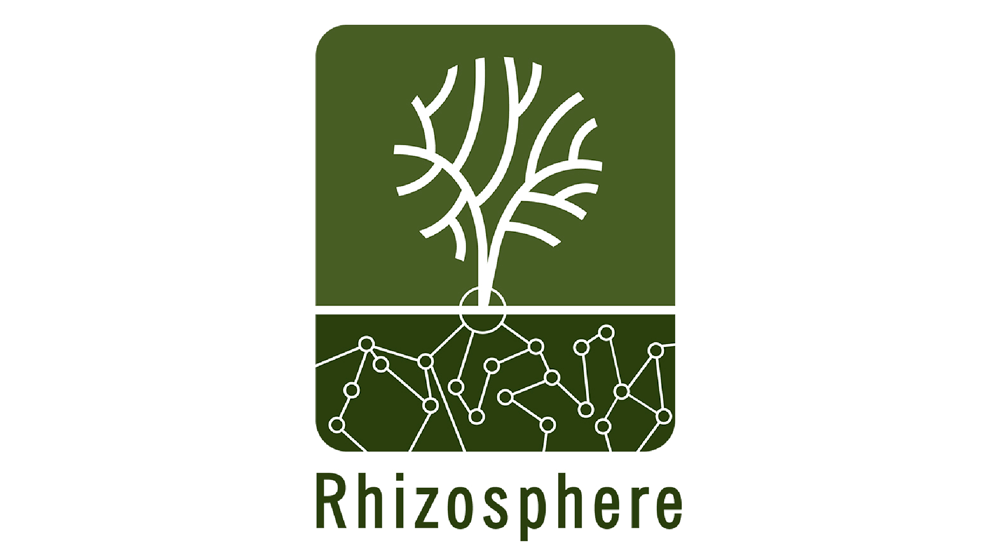RHIZOSPHERE: EDUCATION

Rhizosphere: The Big Network of Small Worlds is a project born from the need to open academic structures and communicate knowledge and experience, as well as from curiosity and the imperative of creation. The core of the project is formed by scientific research in the field of natural sciences, with artistic activities acting as drivers of the development of the network in multiple directions that create “rhizomes” of collaboration between various scientific and artistic communities. They facilitate the communication of scientific knowledge to various social groups, ranging from children to adults. In 2020, partners of the Rhizosphere Project took up a new challenge, supporting an interdisciplinary education project titled Wild Networking – WiFi of Plants and Fungi, in the frame of EU platform for Schools – eTwinning.
But it all started with MIKORYZATOR / Mycorrhizator
MIKORYZATOR
MARIA SUBCZYŃSKA WITH PIOTR SŁOMCZEWSKI
Mikoryzator is a project and an art installation by Maria Subczynska (then a student at the Studio for ransdisciplinary Projects and Research at the University of Arts in Poznań), inspired by research into mycorrhiza, which is a symbiotic association between a fungus and the root system of a plant. The artist’s imagination transformed mycorrhizal networks into a bridge connecting the Internet of humans with the “Internet” of plants. Over time, the Mikoryzator took on the form of a growing, interactive installation that provided the basis for numerous interdisciplinary workshops, as well as art and education activities. Examples include the art and education workshop “A Journey Into the Underground,” organized by Prof. Marlena Lembicz and her PhD student Martyna Dominiak, together with Piotr Słomczewski, and Jadwiga Subczyńska, and with technical support from the Poznan Supercomputing and Networking Center (as part of the program “School of the Future”). This unique and interdisciplinary workshop, which combines scientific knowledge and artistic strategies, was awarded the title “The best nature lesson EVER!” at the event in February 2019 at the Poznań International Fair, proving that art can be a great tool for communicating knowledge.
ARBUSCULAR MYCORRHIZA AS AN ARTISTIC INSPIRATION
Four hundred million years ago, arbuscular mycorrhiza allowed plants to leave the aquatic environment and colonize land, and today it ensures the existence of 85% of land plants on the earth. Its name comes from tree-branched hyphae called arbuscules, which are formed by the mycelium when penetrating into the root cells. It is difficult to imagine the potential of influence that fungi have on the general condition of plants as well as their resistance to adverse environmental changes: mycorrhizal symbiosis supplies the fungi with organic compounds. In return, arbuscules provide plants with minerals and microelements.
The hormones produced by fungi regulate plants’ development, and antibiotic substances secreted into the soil protect them from pathogens, while plants’ phytohormones stimulate the growth of hyphae in fungi. On the other hand, extracellular mycelium creates connections between the roots of nearby plants of various species. The resulting structures, called mycorrhizal networks, enable the transfer of nutrients and chemical information between plants, and also bind soil particles into aggregates, stimulating soil-forming processes.
A Journey Into the Underground “THE BEST LESSON EVER! BIOLOGY” at Tour Salon, MTP 2019
 READ MORE ABOUT
READ MORE ABOUT
THE RHIZOSPHERE PROJECT




























